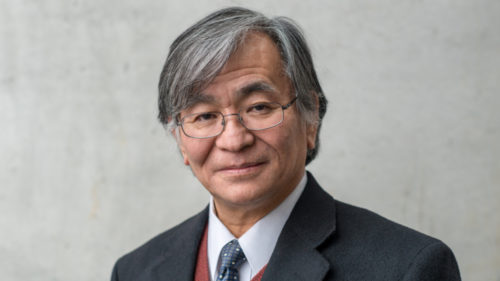Is IgM Fc receptor (FcμR) expressed by innate immune cells?
The immune system has many different ways to combat infectious agents. One important mechanism couples the primitive (innate) immune system with the highly specific adaptive immune system and involves the recognition of antibodies via so-called Fc receptors. In this way, antibodies bind to microbes via their exquisitely specific fragment of antigen-binding regions (Fab), and immune cells bind to the antibodies using their receptors for the Fc portion (FcR). This then triggers a cascade of immune responses to clear the pathogen. Different forms of FcRs exit to reflect the diversity of antibody classes.
Since its discovery in 2009, the FcR for the ancient antibody class IgM – FcµR – has proved controversial, mostly due to the question of which cells express it. Such a discrepancy is the topic of a newly published paper in Nature Communications. Hiromi Kubagawa, together with researchers from the DRFZ and Charité, urges caution in the interpretation of the results by Kubli et al. who described the expression of FcµR on myeloid cells in a mouse model of cancer. Using highly specific methodologies, including sequencing of single cells, Kubagawa, Skopnik and others could not verify the expression of FcµR on myeloid cells as described by Kubli et al., but could verify expression on mouse B cells as previously published. This is an important article, highlighting the importance of verifying the expression of FcµR at the single cell level in different cellular populations.
These results are also highly relevant for patients with rheumatic diseases as FcµR may be important in regulating the development of autoantibodies produced from self-reactive B cells. Therefore, understanding the function of FcµR could provide key therapeutic insights for treating autoantibody-mediated diseases.
Hiromi Kubagawa led the group Humoral Immune Response as Guest Senior Scientist from 01.01.2015-31.01.2022.


 Deutsch
Deutsch
